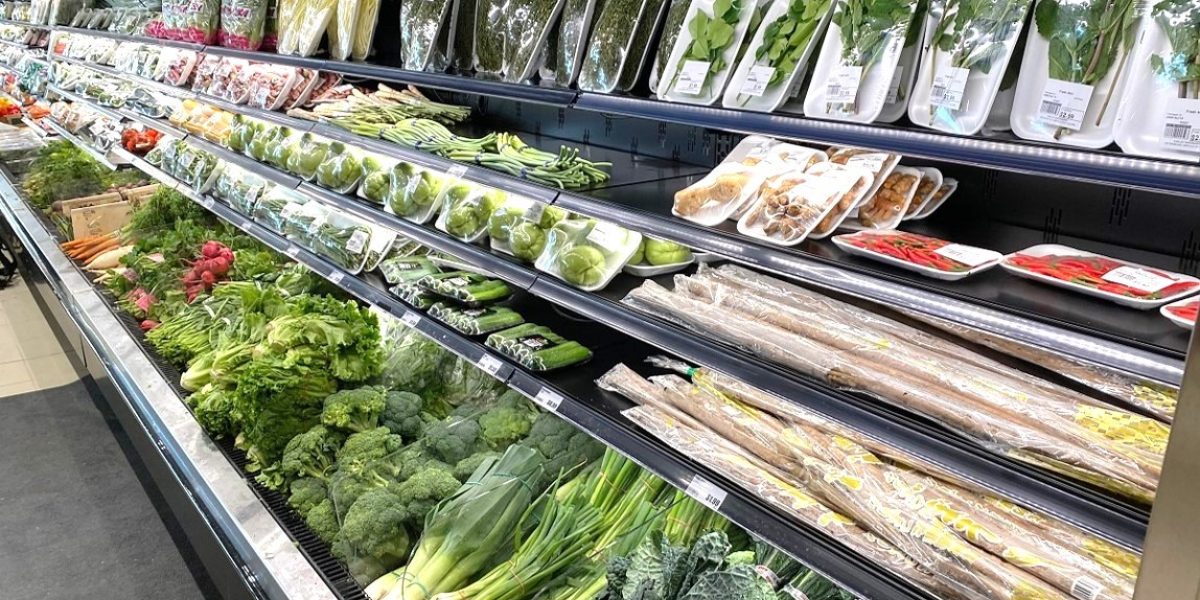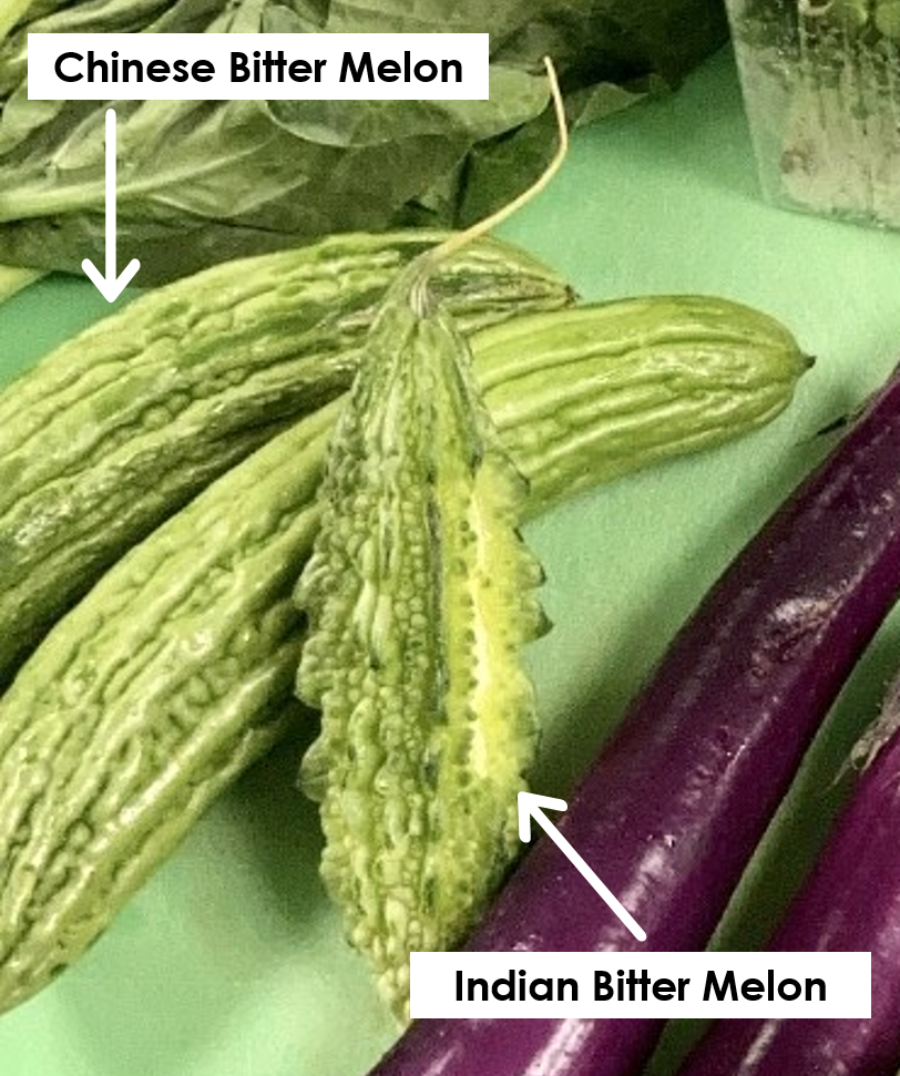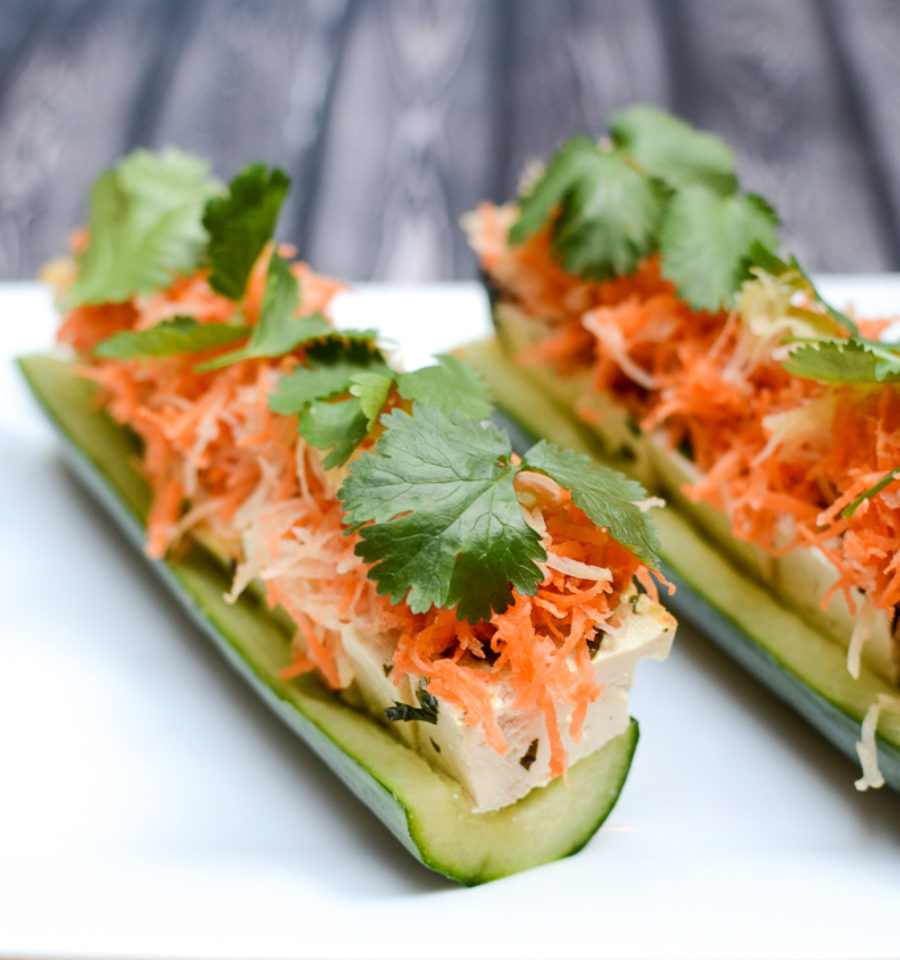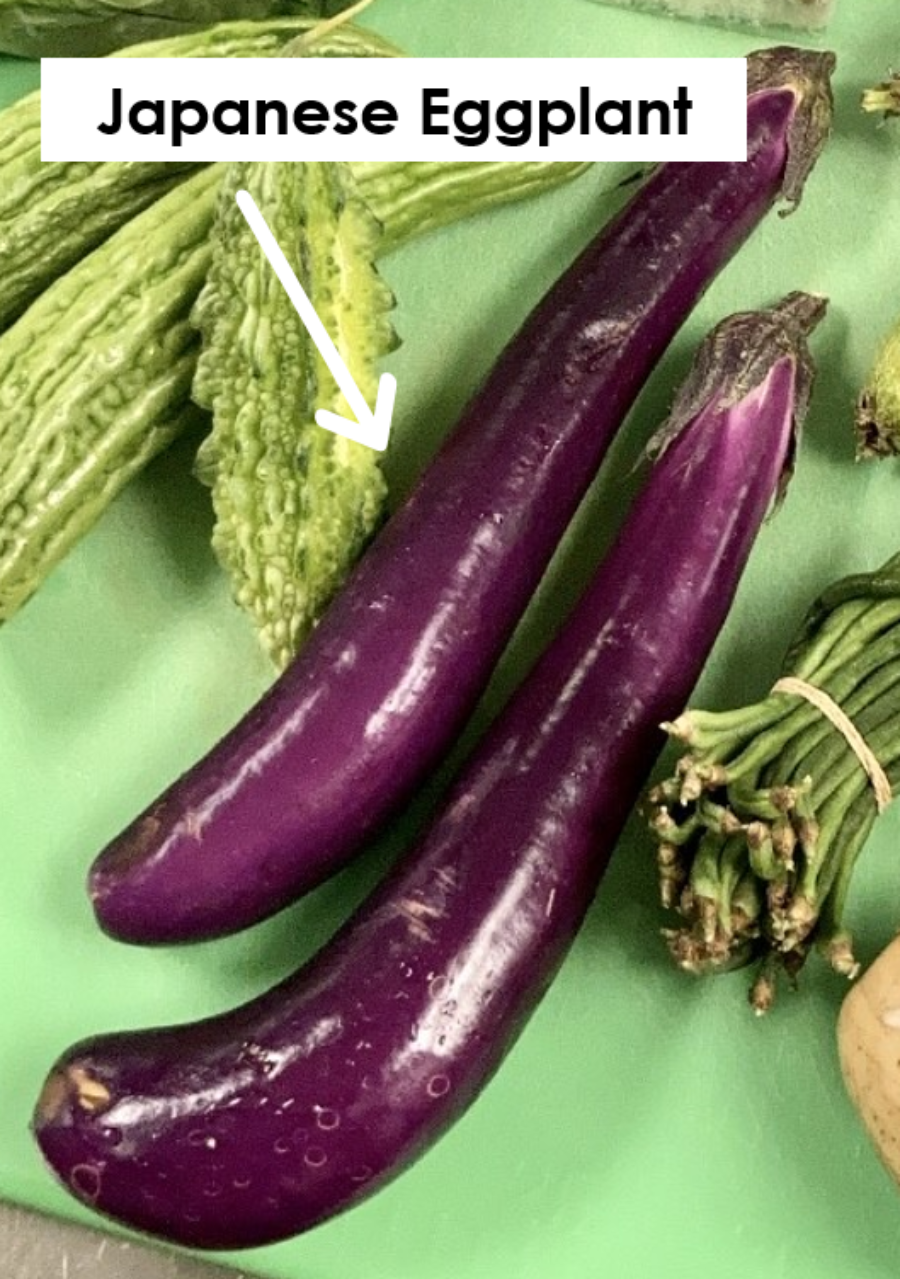
What's What in the Asian Produce Aisle: Vegetables
At first glance, the produce aisle at your Asian supermarket looks a lot like the produce aisle at any big box western-style supermarket. This Asian American Pacific Islander Heritage Month, we're only scratching the surface of what you mind find--and how to use it--when you take a closer look.
And bonus: some of these vegetables are becoming more mainstream, so look for them wherever you may be shopping!

Bitter Melon (or bitter gourd)
- What | A tropical vine closely related to zucchini, squash, pumpkin, and cucumber—what a combination! Both Indian and Chinese varieties have pale green, waxy skin, although Chinese bitter melon has smoother ridges and fewer bumpy warts.
- Flavor | It's unlikely you'll want to eat bitter melon all on it's own. You can guess how it got its name! Expect a sharp and bitter taste with a crunchy husk and watery flesh.
- Nutrient Profile | Bitter melon is actually a fruit, but nutritionally is more similar to a vegetable with fewer calories and carbohydrates. It is rich in vitamin C and folate and high in fiber and and vitamin A. Bitter melon has long been used by indigenous populations to help treat diabetes-related conditions, although more research on its effectiveness is needed.
- Use It | The peel is edible, but you should remove the seeds and pith prior to eating. For a savory take, slice in half and stuff with meat or seafood or chop it up for curries and stir-fries. Try adding chopped bitter melon to Mushroom Matar (Indian Mushroom and Pea Curry) for an extra layer of punch and crunch.

Daikon Radish (or white radish)
- What | The daikon radish is a cruciferous root vegetable similar in shape to a large carrot. It is the most commonly eaten vegetable in Japan and many other Asian countries.
- Flavor | It has a crunchy texture with a sweet flavor like a mild red radish.
- Nutrient Profile | Daikon radish is very low in calories with an impressive vitamin C content. It is an excellent source of folate, calcium, magnesium, potassium, and copper. Additionally, it is rich in antioxidants and phytonutrients that may help protect against chronic disease.
- Use It | Daikon is frequently used as a raw or pickled condiment in salads, slaws, and on sandwiches. It's probably most famously known as a topping on Vietnamese banh mi sandwiches. Check out these two versions: Tofu Cucumber Banh Mi and Smoked Pork Belly Banh Mi.
Gai Lan (or Chinese broccoli)
- What | It doesn't really resemble broccoli as we commonly know it! Gai lan, closely related to collard greens and kale, is a leafy green with a thick stalk.
- Flavor | It is sweet like broccoli with a slightly bitter aftertaste.
- Nutrient Profile | Just like other cruciferous vegetables, gai lan contains phytonutrients that may be cancer-protective. It is also a good source of potassium and fiber and is exceptionally high in the antioxidant vitamins A and C.
- Use It | All parts of gai lan are edible—including the leaves, stems, and flowers. It is most often sauteed and served like collards or mustard greens. It can be used as a substitute for broccoli, broccolini, or broccoli rabe and pairs well with strong flavors like Szechuan pepper, oyster sauce, garlic, and ginger.

Long Beans (or yard long beans, Chinese long beans)
- What | If you assume long beans are related to string beans, think again. These legumes (not vegetables) are actually more closely related to black-eyed peas.
- Flavor | Long beans have a chewy, crunchy texture with flavor like asparagus.
- Nutrient Profile | As with other legumes, long beans are a good source of plant-based protein and are also low in calories. They are rich in vitamins A and C and potassium.
- Use It | Long beans can be eaten raw or cooked, steamed, sautéed, stir-fried, and used in soups or stews. They make an easy and interesting substitute for green beans or snap peas.

Japanese Eggplant (and Chinese eggplant)
- What | Eggplant is actually a fruit! Japanese and Chinese eggplant is typically longer and thinner than varieties more commonly found in the U.S.
- Flavor | Japanese and Chinese eggplant are milder and less bitter than other eggplant varieties.
- Nutrient Profile | Eggplant are naturally low in calories, high in fiber (with the skin on), packed with vitamins and minerals, including vitamin C, folate, potassium, and manganese. They also contains antioxidants thought to protect brain cells.
- Use It | The spongy flesh of eggplant easily absorbs liquid, so eggplant can take on versatile flavors. Try marinating or flavoring eggplant without oils or soy sauce and instead try lemon juice, ginger, or vinegar. Eggplant can be grilled, roasted, sauteed, and baked or try it in a curry or pasta sauce.
Taro Root
- What | Taro is starchy root vegetable with a brown outer skin and white flesh that has purple specks.
- Flavor | When cooked, its taste is mildly sweet its texture is similar to that of a potato.
- Nutrient Profile | Taro is carbohydrate-rich, offering plenty of fiber and resistant starch, which aids digestion and may help lower cholesterol and the risk of chronic disease. This root is a good source of potassium, magnesium, and vitamins C and E. It also contains antioxidants and other phytonutrients that may reduce the risk of cancer and cellular damage.
- Use It | Taro must be cooked before eating and is used in both sweet and savory dishes. It is commonly sliced and baked into chips, steamed and mashed, or diced and added to soups and stews. Try it in place of potatoes in our Potato Nori Soup.
+++
At FLIK Hospitality Group we believe in great food, great service, and great people. Our wellness first approach ensures our food supports healthy and delicious choices, specially curated by our team of culinary experts and registered dietitians. At FLIK, we believe in seasonality in sourcing our ingredients and providing a customized approach to the culinary and hospitality needs of each client. Our dedication to providing quality hospitality service is unparalleled in the industry.
Have feedback or questions for our team? Email us at flikblog@compass-usa.com.
Interested in working with us? Apply today!